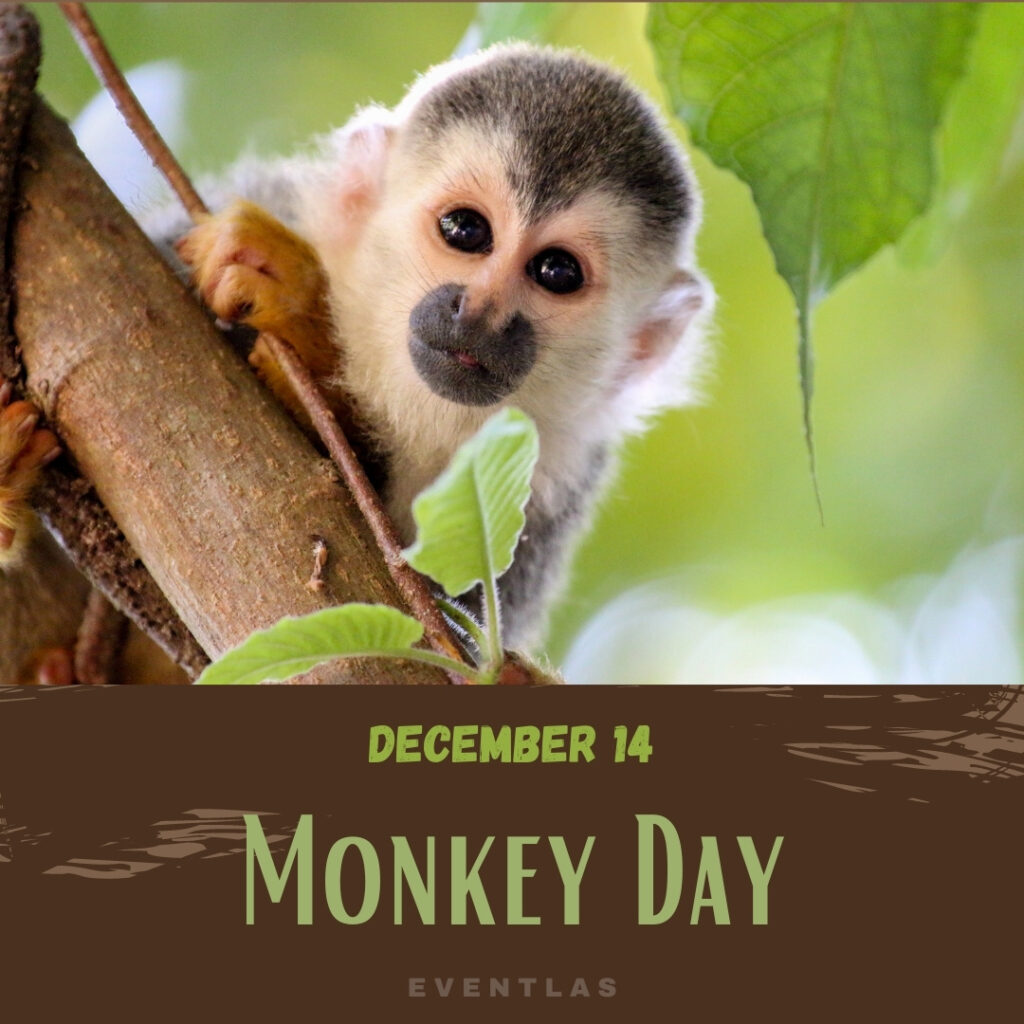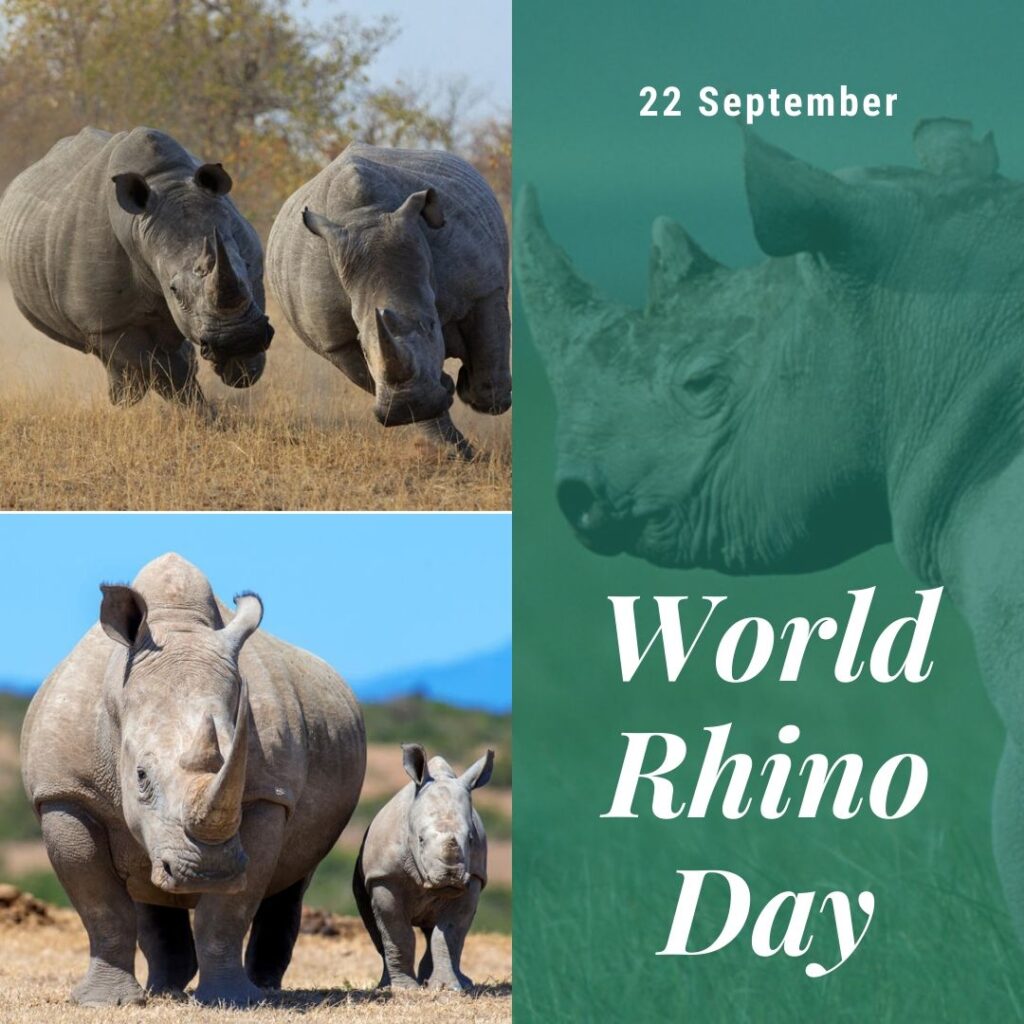Monkey Day is an international observance that takes place every year on December 14. This holiday was created to celebrate monkeys. You can celebrate Monkey Day by visiting the zoo as some zoos hold special celebrations on this day. Even if your local zoo isn’t holding an event, you can visit the zoo to spend some time with the animals. You can also plan an activity or participate in a fundraiser.
Monkey Day will be celebrated on Saturday, December 14, 2024.

Interesting Facts About Monkeys
Let’s find out more about these primitives on Monkey Day.
The pygmy marmoset is the world’s smallest monkey. It’s about the size of a banana and weighs about 100 grams(the weight of a large apple).
Howler monkeys are the loudest of all monkeys and can be heard up to three miles away. They mark their territory through loud calls.
Spider monkeys don’t have thumbs, but they are able to maintain a powerful grip on branches and spend most of their time aloft.
All of the five species of baboons live in Africa or Arabia. They use ten different vocalizations to communicate with other baboons.
Red-shanked Douc langurs live in the treetops where they spend a significant portion of the day eating leaves, fruits, and flowers. These colorful primates rarely descend to the forest floor.
Mandrills are the largest of all monkeys and one of the most colorful mammals. A male mandrill can be three feet long and weigh about 77 to 100 pounds.
Rhesus macaques live in large groups called troops. A group can include up to 200 animals.
Proboscis monkeys are one of the most prolific swimmers. With the help of their webbed feet and hands, they can outpace their main predators i.e. crocodiles.
The natural range of Rhesus macaques includes Afghanistan, Pakistan, India, China, and other Southasian countries. Their geographic range is the widest of any non-human primate.
Male proboscis monkeys have large, fleshy noses that can exceed 4 in(10.2 cm). Their large nose tends to attract females.
Bald uakaris live only in the Amazon River basin and can be identified through their striking bald heads and bright red faces.
Patas are the fastest primates and have been known to reach the speed of 34 miles an hour.
The first primate in space was a rhesus macaque named Albert. He rode over 39 miles on a V-2 rocket in June 1948 and died of suffocation during his flight.
Lesula monkeys were unknown to the international scientific community until their discovery in 2007.
Related Events



